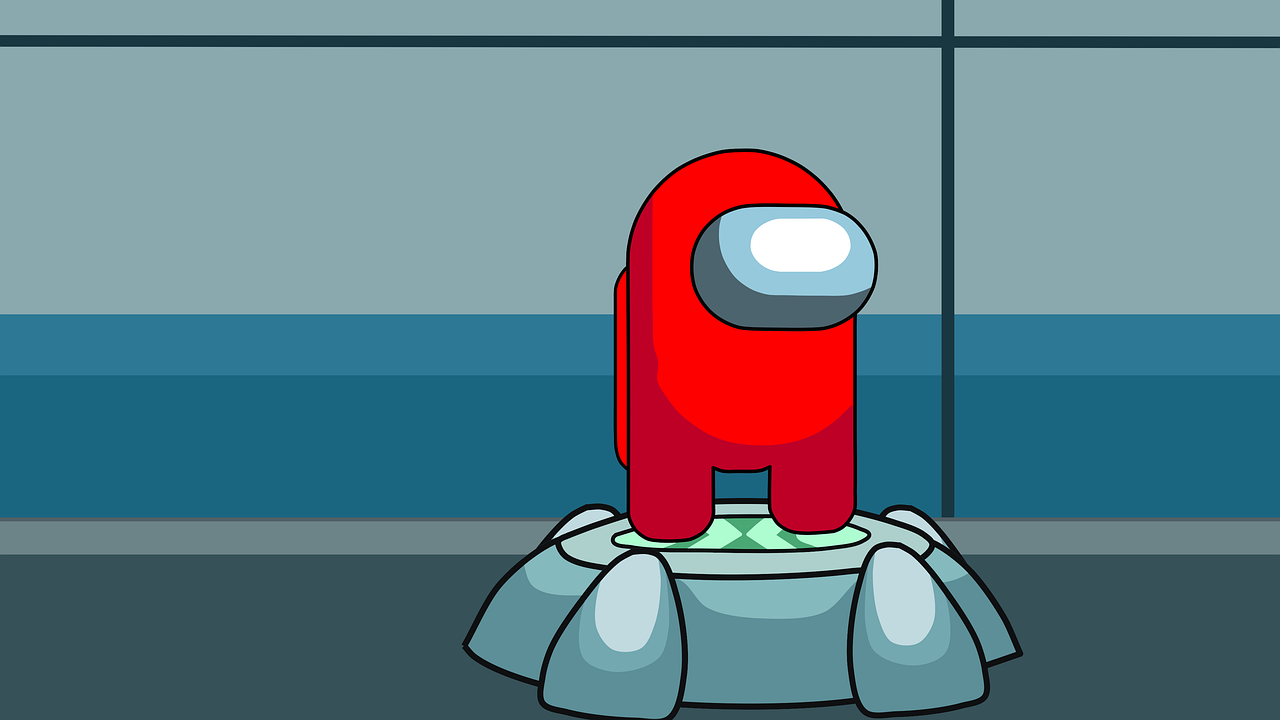Reasoning
Ever wonder what's out there in the gaming industry? What about esports? Where are the people who look like you? How many women or BIPOC or LGBTQ+ people are represented in the industry? If you look you may see, much like other white-collar professions in the U.S., the industry of video games is dominated by white men, but they aren't the only ones playing games! Demographics for gamers are much more diverse than the professionals who are making the games. So where do we look for diverse student inspiration?
In the book, The Esports Education Playbook: Empowering Every Learner Through Inclusive Gaming, Bradford Harris, a NASEF Fellow, is quoted as saying, "I am really big on making sure I expose as many Black and brown children to esports as possible because it's not being seen. That's the reason I jumped into it (esports in education). So every time I go somewhere, I start asking those hard questions."
The demographics of the esports and gaming realm are not what I see on a day-to-day basis as an educator. I see many BIPOC students and want them to see themselves in a growing future with technology. So I had to go searching and find inspiration, representation, and career options for the gaming industry.
How can this help others?
Educators have to dig, sift, and vet content with BIPOC, female and LGBTQ+ representation. Here is what I have used as career exploration tools, that help showcase their students represented in the medium. Many of the videos I found were accompanied by a Google Form or a Google Doc as a journal, to reflect on the learning and opportunities in the gaming industry.
With 53% of my high school population in the Latinx demographics, I really wanted to help my students learn about the industry and where they can find room for themselves. Use the following links to help showcase panels and people in the Latinx community working in games:
In the Know: Latinas in Gaming
Our African American population is 35% and they deserve to see themselves represented as well. Find BIPOC representation with these links:
1st Black Owner of Game Development Company
Gaming for Everyone: Blacks in Gaming GDC Feature
Other demographics are important too! Asian representation in gaming links:
NASEF: Careers in Esports - Team Manager, Andrew Kim
Where are the women? The number of girls in any program is much lower than some demographics, and they deserve a spot at the PC. Not just as support either! Women in gaming links: (Also look at the Latinx community!)
Esports Explore - Esports Journalist Women in Gaming
Gaming can make a better world | Jane McGonigal
Some great interviews for more learning. We need to inspire, and share stories and successes of those who came before:
Esports Explore - Content Creators
Esports Explore - Game Designer
BIPOC Entrepreneurs
Final Thoughts
Finding inspiration and diversity in the gaming field can be daunting, and searching through hours of footage is a must if you want your students to feel represented. I know I am lacking in some demographics, as I only have one video showcasing a member of the LGBTQ+ community, and I welcome any advice in the comments. My students, our students, deserve to see themselves in the game industry!








